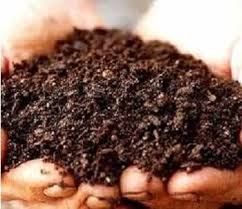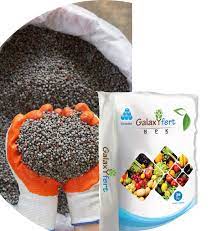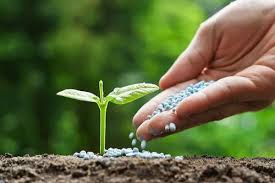The name itself is self-explanatory. The bio-fertilizers are used to improve the fertility of the land using biological wastes, hence the term bio fertilizers, and biological wastes do not contain any chemicals which are detrimental to the living soil.
They are extremely beneficial in enriching the soil with those micro-organisms, which produce organic nutrients for the soil and help combat diseases.
The farm produce does not contain traces of hazardous and poisonous materials. Thus those products are accepted across the world as Organic ones. Hence for organic farming the use of bio fertilizers is mandatory.
Galaxy of Bio-fertilizers

Phospho: It releases insoluble phosphorus in soil and fix this phosphorus in clay minerals which is of great significance in agriculture.
Rhizo: Rhizo Bacterial plays a very important role in agriculture by inducing nitrogen fixings nodules on the root of legumes such as peas,beans clove andalfalfa.
Azotobactor: Atmosphere contains 78% nitrogen which is a very important nutrient for plant growth. Azotobactor fixes the atmospheric nitrogen in the soil and make it available to the plants. It protects the roots from other pathogens present in the soil
Trichoderma: It is a non- pathogenic and eco-friendly product. The product is antagonistic hyper parasitic against different pathogens in the field and economically well-established biocontrol agent
Composter: (Decomposing Culture): Composter breaks down any organic matter such as dead plants farm yard waste, cattle waste etc. thereby increasing the soil productivity.
Tricho-Card: Trichogramma is an efficient destroyer of eggs of many leaf and flower eaters, stems, fruit, shoot borers etc. It can be used in a variety of crops as well as in horticultural and ornamental plants, such as sugarcane, cotton, brinjal, tomato, corn, jawar, vegetables, citrus, paddy, apple, etc.
VermiCompost: It is 100% pure eco-friendly organic fertilizer. This organic fertilizer has nitrogen phosphorus, potassium, organic carbon, sulphur, hormones, vitamins, enzymes and antibiotics which helps to improve the quality and quantity of yield.
It is observed that due to continuous misuse of chemical fertilizer soil losses its fertility and gets salty day by day. To overcome such problems natural farming is the only remedy and Vermi compost is the best solution.
Biocompost: It is eco-friendly organic fertilizer which is prepared from the sugar industry waste material which is decomposed and enriched of with various plants and human friendly bacteria and fungi.
Read Also : Introduction to Bio-Fertilizers Uses and Importance
Bio-compost consists of nitrogen, phosphate solubilizing bacteria and various useful fungi like decomposing fungi, trichoderma viridea which protects the plants from various soil borne disease and also help to increase soil fertility which results to a good quality product to the farmers.
New Technique in Biofertilizer

Generally biofertilizers are carrier based and always in powder form. The carrier is mostly lignite, which has high organic matter content, and it holds more than 200% water, which enhances the growth of the micro-organisms.
Before use slurry is made which is applied to seed. This method is universal unless it has some difficulty in application to seed no other method is used.
Recently university of agricultural sciences, Bangalore has developed a method- dry complex fertilizer for direct soil application. This method consists of granules (1-2 mm) made from tank bed clay (TBC).
These granules are baked at 2000C in a muffle furnace, which helps to sterilize the material and gives porosity to granules. The baked granules are soaked in a suspension of nitrogen fixing bacteria grown in a suitable medium overnight.
The clay granules are air dried at room temperature under aseptic conditions. The granules contain more than a billion of bacteria per gram of granules.
These granules are suitable for field application along with seeds and fertilizers in furrows. However, quantity of biofertilizer to be applied will be slightly higher than seed application.
Read Also : Management of Hazardous Wastes in the Environment

